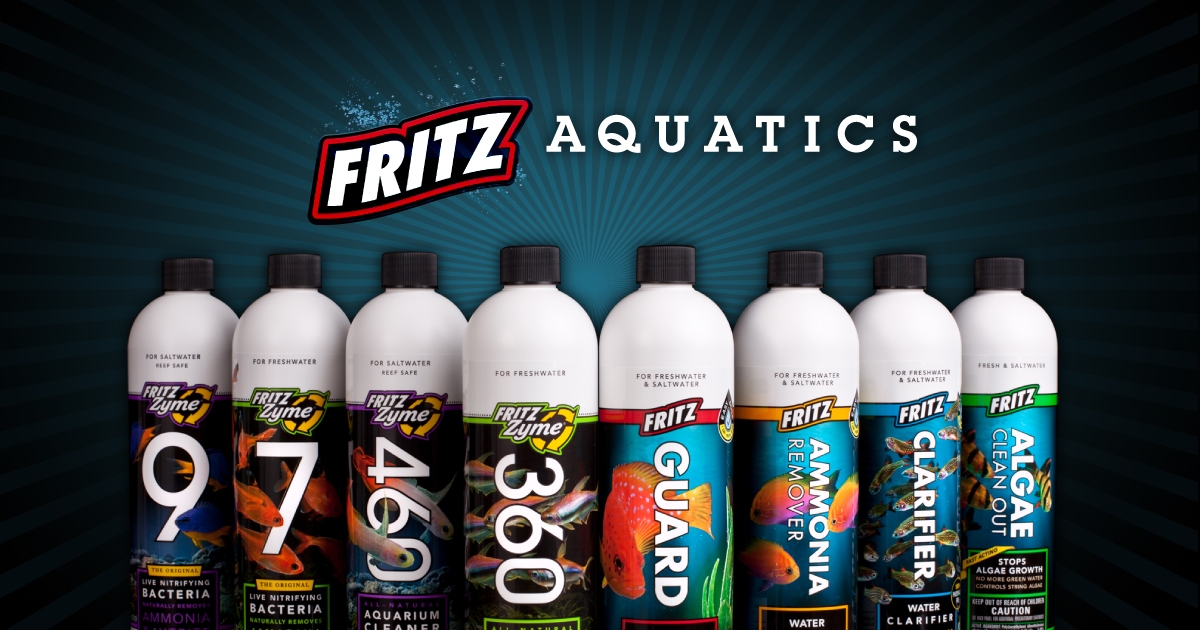Randy Holmes-Farley
Reef Chemist
View Badges
Staff member
Super Moderator
Excellence Award
Expert Contributor
Article Contributor
R2R Research
My Tank Thread
- Joined
- Sep 5, 2014
- Messages
- 67,391
- Reaction score
- 63,732
Your points are valid, however I would raise a complicating issue. I have not read the primary literature carefully, but I would expect there is one significant limitation. While valid, the experiments have only a single variable-artificially elevated ammonia. Therefore these experiments show only that fish can tolerate high ammonia when other parameters are otherwise reasonable.
I would argue that in most 'real world' cases of elevated ammonia, there are probably other less than ideal parameters-the ammonia elevation does not occur in isolation. There may be concurrent increase in CO2/decrease in oxygen/temperature swings etc if the elevated ammonia is due to prolonged shipping for example. It is quite possible that when other parameters are less than ideal, the effective LC50 of ammonia is lower. Therefore it is theoretically possible (although I remain skeptical) that in these real-world situations, ammonia may be toxic at lower levels, and Prime etc is of some benefit, at least in some situations.
I would suggest that the best way to really address this is to perform similar experiments with and without Prime, see if there is a significant difference in survival, and if there is then perform further experiments to see if the effect is really related to 'ammonia detoxification' or some other mechanism. Until it is shown that Prime does not enhance survival, I think the argument can always be made that through some mysterious and marvelous mechanism Prime makes ammonia less toxic and is therefore beneficial.
I don’t disagree that an actual tox test would be desirable, but there are numerous issues including ethical issues of killing fish by ammonia poisoning.






















